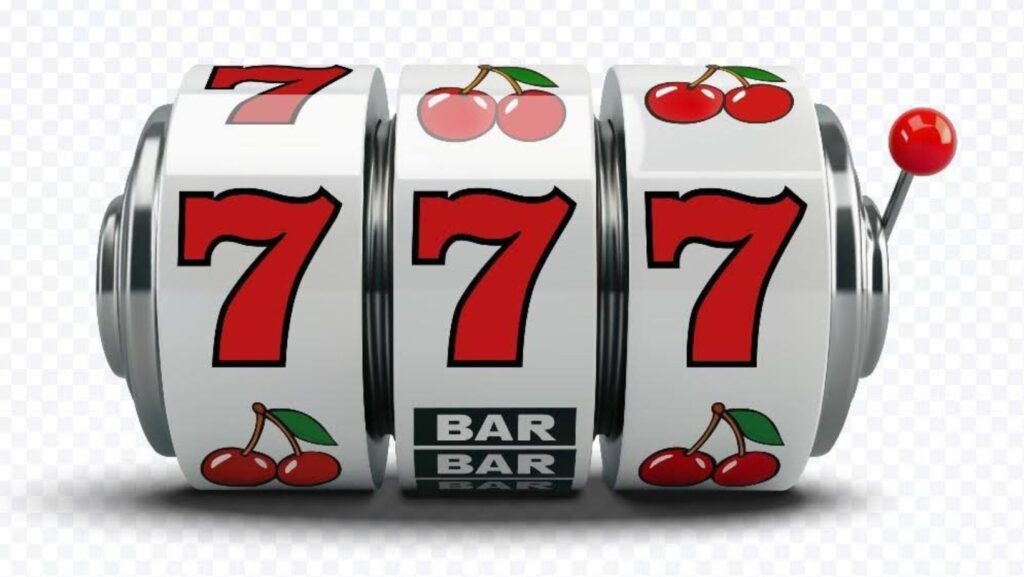Slots are one of the most recognisable forms of casino games, both in traditional venues and online. Because they’re built on chance and randomness, they’re often surrounded by myths and misconceptions. These myths can shape how people view Slots and what they expect from them. Let’s break down the most common misunderstandings so you can see how these games actually work.
When you look at how to play Slots at an online casino, the process seems simple: spin the reels and wait for the result. But the mechanics underneath rely on software and statistical principles that ensure fairness—not hidden patterns or external influences.
Myth 1: Slots Follow Patterns or Cycles
One of the most persistent myths is that slot outcomes follow a cycle. Players sometimes think that after a series of losses, a win becomes “due”. Outcomes are generated by Random Number Generator (RNG) software, which produces results independently for every spin. There’s no cycle to predict, and no spin is influenced by previous results.
Myth 2: Stopping the Reels Changes What Happens
Many players assume that pressing stop or halting the reels manually affects the final result. But the RNG has already determined the outcome at the exact moment you start the spin. Stopping the reels only shortens the animation—it doesn’t change the symbols that appear.
Myth 3: Slots Pay Out More at Certain Times
Another myth is that Slots are programmed to pay out more frequently at specific times—evenings, weekends, or “quiet hours”. The RNG operates continuously, no matter the time. Each spin remains equally random, no matter when you play.
Myth 4: Higher Stakes Mean Better Odds
Larger stakes can produce larger payouts since prize values are often tied to wager size. But this doesn’t increase your chance of landing a winning combination. The probability of any result stays the same regardless of stake size—the RNG controls the outcome either way.
Myth 5: Games Become “Due” for a Jackpot
Progressive jackpot Slots can display huge prize totals, leading some to think that once the amount grows high enough, a jackpot must be close to triggering. Jackpot wins are just as random as any other result. The displayed prize simply shows what’s available, not when it might be claimed.
Myth 6: Online and Land-Based Slots Work Differently
Physical machines and digital Slots might look different, but both rely on RNG technology to generate outcomes. Online games use software-based RNGs while land-based machines may use hardware versions, but the principle’s the same. Both are tested and certified to ensure fairness and unpredictability.
Myth 7: RTP Is a Personal Guarantee
Return to Player (RTP) is often misunderstood. A slot with 96% RTP is designed to return 96 coins of every 100 wagered across millions of spins.

This is a long-term statistical measure, not a promise of what you’ll personally see. Over short sessions, outcomes may be far above or below the stated RTP.
Myth 8: Slots Remember How You’ve Played
Some players think Slots track how long they’ve been played without a win and will eventually pay out to “make up” for it. RNGs don’t have memory—they don’t track past spins or adapt to individual players. Every spin’s an isolated event.
How Regulation Keeps Things Fair
Licensed operators must meet strict regulatory standards. Independent bodies test RNGs for fairness and ensure slot mechanics are transparent. This oversight helps dispel myths by providing assurance that results are random and can’t be manipulated by the operator or the player.
The Reality
Slots are often associated with numerous myths, including purported payout cycles and superstitions surrounding timing and stake size. Outcomes are determined by RNGs, supported by measures such as RTP and volatility, which define how results are structured. These mechanics are regularly tested to ensure fairness, meaning wins and losses are entirely random events. Understanding the reality helps separate fact from fiction—myths about slot patterns, timing or predictability have no basis in how these games are designed or played.


